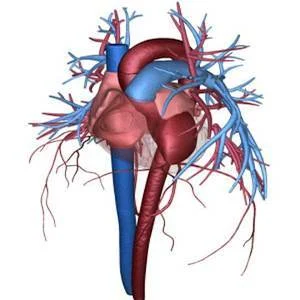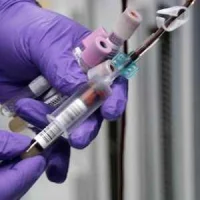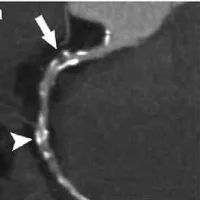Researchers at Singapore's Agency for Science, Technology and Research (A*STAR) have developed a computational method that uses MRI to assess the extent of damage to the left ventricle after a heart attack.
Teo Soo-Kng of the A*STAR Institute of High Performance Computing explains that heart attacks can be very complicated and in cases where the left ventricle is affected, it can lead to negative outcomes for the patient as the left ventricle is the most powerful pump in the heart.
if clinicians could accurately measure the damage the left ventricle sustained after a heart attack, it could help them decide on the most effective treatment for the patient. Existing methods do not provide complete information. For e.g. assessing the changes in the ejection fraction does not provide region specific information. Cardiac MRI with a contrast agent can measure tissue scarring and also provide region-specific information but even then it provides only a semi-quantitative measure of the damage incurred.
The A*STAR researchers used MRI scans from clinical partners and constructed a three-dimensional model of the left ventricle. They used it to compute the regional ejection fraction and the regional area strain. This information can help clinicians pinpoint which segments of the left ventricle have been compromised by a heart attack.
"Our method is not just useful for diagnostics, but also potentially for monitoring," Teo remarks. "It could ultimately be used for clinicians to assess how well the patient responds to treatment -- for example, whether the degeneration of the heart function stabilizes or continues."
The team is already involved in trials with clinical partners and is focusing on relapse and heart failure. They are also implementing a server infrastructure for the technique that could possibly increase its usefulness for time-sensitive clinical applications. The goal is to reduce the time frame from the existing days to a week to around half an hour or less.
Source: The Agency for Science, Technology and Research (A*STAR)
Image Credit: A*STAR Institute of High Performance Computing










